A feed of online resources and links.
Some interesting content on WeTransfer’s WePresent platform:

Great article on WePresent by Tea Uglow on how current models of arts funding and administration fail the artists they are meant to support: https://wepresent.wetransfer.com/stories/tea-uglow-arts-funding

“Start redefining what successful arts administration is, and provide for cultural talent that is deserving rather than in need of preserving. Learn to embrace our chaotic failures, and we will give you our triumphs…This obsession with metrics has decimated us. Infantilized us. Like children, we haven’t tools to prove our value so governments can hear…measuring visitor numbers or economic contribution buries the inestimable fortune that art compiles in our hearts and in our minds. Unmeasured and unmeasurable, only the arts can create that je ne sais quoi—a quality we haven’t even words for. Only the arts can conjure a face “that launch’d a thousand ships, And burnt the topless towers of Ilium,” and then make a meme out of Marlowe. It will be the arts that compose the refrain you whistle, and the arts that will dream up a world we can aspire to. It is the arts that will inspire your children, not revenue. It is art that writes the words your family will recite when they mourn you. With the arts, it is the work we must reward, not numbers.”
Tea Uglow June 2022
A website is a depth medium. That is, a dedicated url (with however many accompanying pages) is not a place ruled by time. As well, it is a place unblemished by exterior pedestrian or corporate interference. A locale free from variable contextualizing where images have no pressure for mass approval and text can be long or longer. A place for personal vision — whatever that may be.”
Cargo Collective

Digital Discovery Platform
The Royal College of Art’s 2020 ‘digital discovery platform’ is an amazing tool for artistic research, discovery, and exploration. With curated collections, background stories, an extensive series of talks and events, along with a visual archive of full resolution imagery and accompanying metadata searchable by thousands of conceptual tags, this ‘discovery platform’ explores the exciting potential of digitizing third level end of year shows.
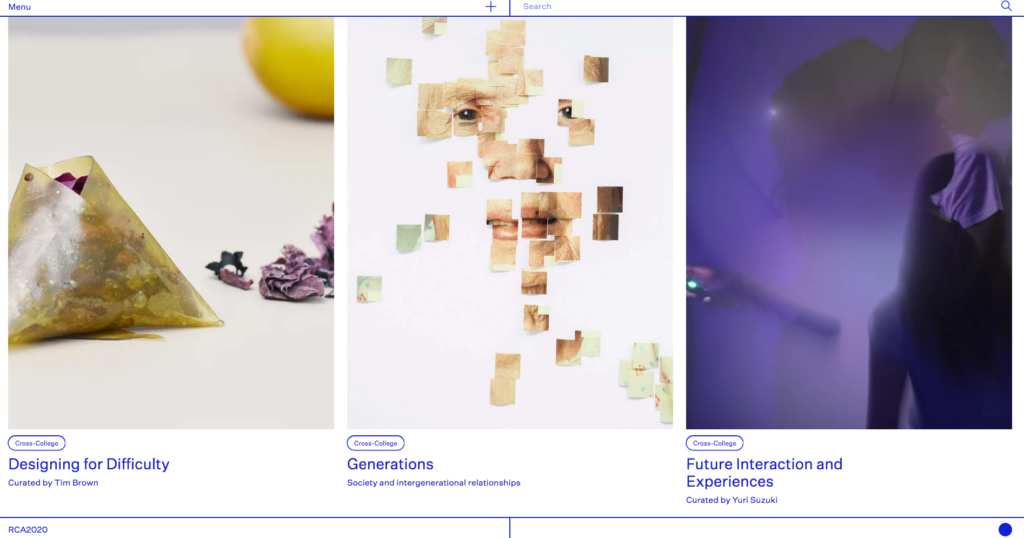
In my mind, the best feature of the RCA’s discovery platform is the ability to search the entire show through thousands of visible tags, comprising of concepts, themes, materials, disciplines, etc.,

UAL Showcase
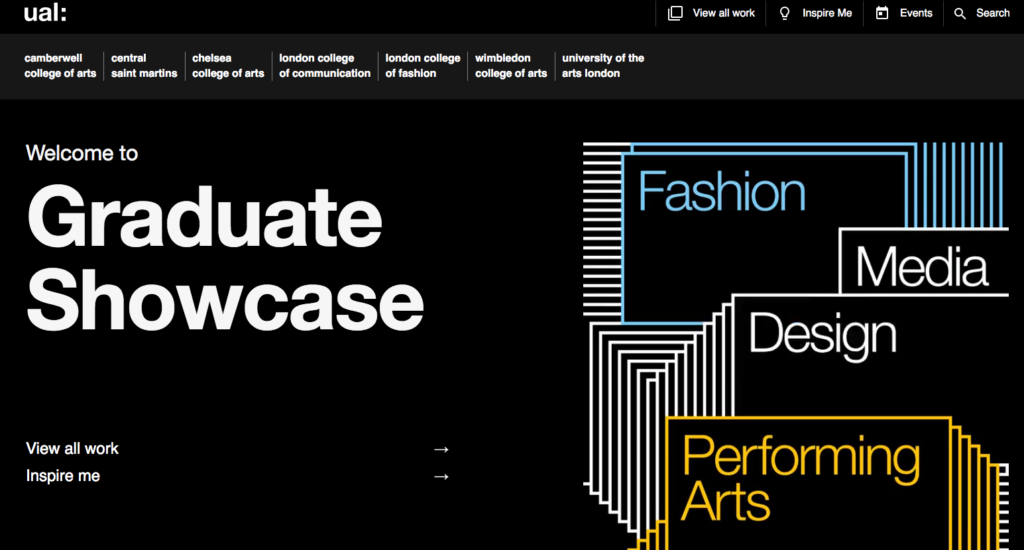
Explore the work of thousands of UAL’s graduates in one curated space.
You can:
View all students’ work
Use the search box to look for tags, like ‘climate emergency’
Hit Inspire me to be offered a random selection of content.
Creative Boom
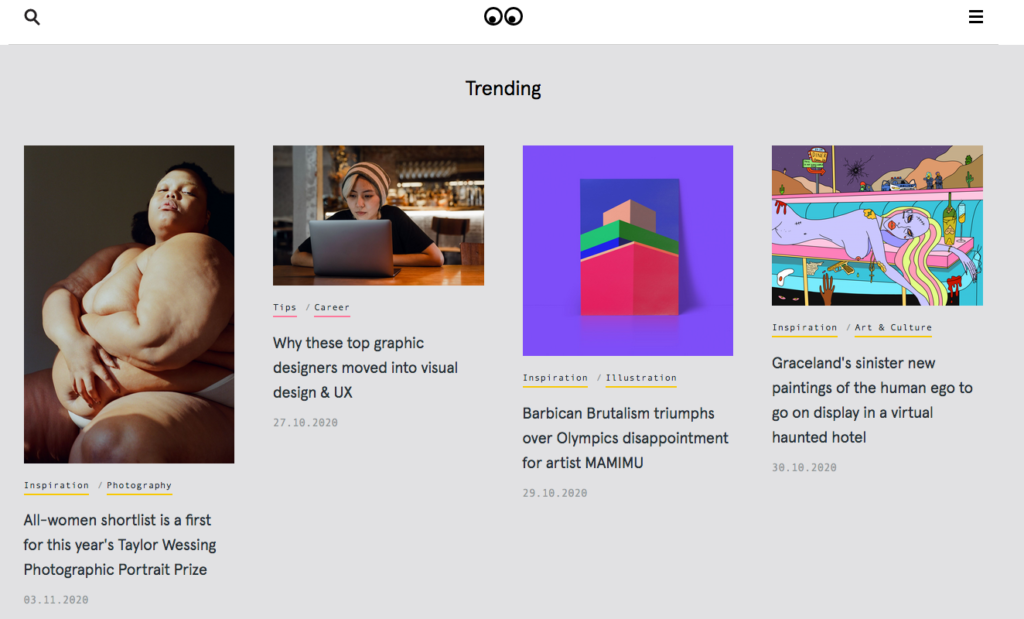
ILLUSTRATION CHRONICLES

Royal Hibernian Academy

Dublin Art Life

Our goal is to encourage Dubliners and tourists alike to engage in the thriving art scene of Ireland’s capital city.
We provide information on what exhibitions and shows are currently running. From the esteemed cultural institutions to diverse independent galleries, there is always worthwhile art to see.
Anyone can explore these cultural spaces, and with Dublin Art Life you can plan and browse your gallery-hopping any time.
AR with Google Arts & Culture
I just had a go at Google Arts & Culture’s AR (Augmented Reality) gallery on my phone, and it was a fairly amazing…you can download the Google Arts & Culture App for compatible smartphones, and then explore a selection of content as an immersive AR gallery experience. I viewed ‘The AR-t of Color’ exhibition, and really enjoyed the AR environment…couldn’t believe it was available to me at the click of a button on my own phone!
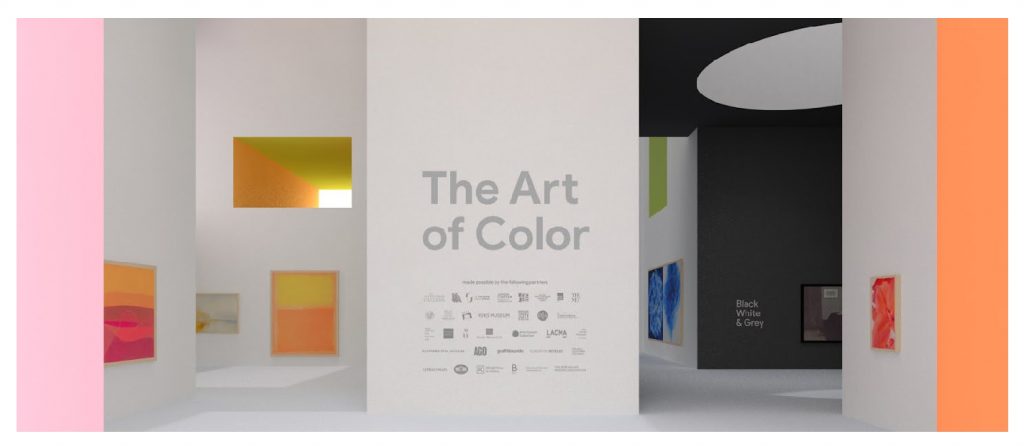
Just Seeds
“With members working from the U.S., Canada, and Mexico, Justseeds operates both as a unified collaboration of similarly minded printmakers and as a loose collection of creative individuals with unique viewpoints and working methods. We believe in the transformative power of personal expression in concert with collective action. To this end, we produce collective portfolios, contribute graphics to grassroots struggles for justice, work collaboratively both in- and outside the co-op, build large sculptural installations in galleries, and wheatpaste on the streets—all while offering each other daily support as allies and friends.”
Taken from: (https://justseeds.org)

Interference archive

Racial and gender bias in AI
Interesting article about the serious issues of bias in AI facial recognition.

TATE Archives & Access Toolkit

The TATE Archives and Access project was a massive 5 year project digitising the TATE’s archive of works to make it searchable and accessible to the public. This a quote from the webpage describing the importance of archives:
Archives are preserved for the generations: they enrich society intellectually, culturally and economically, cultivating an understanding about past and contemporary moments alike…publishing archives digitally affords novel approaches to indexing, searching, discovering and utilising collections. For instance, digital metadata allows archives to be searched thematically across collections at speed (e.g. it is possible to search across collections for topics such as ‘football‘, ‘Yorkshire‘, ‘magic‘, etc.). This allows for new connections to be made within and between collections…This is beneficial in many ways. For instance, increased visibility can offer ways to increase representation – the stories of lesser-known figures may be celebrated and championed by virtue of circulation. Further, digital technologies provide alternative terms of engagement with information – say, via a smartphone when sat on your sofa – offering additional, recreationally-led means of access.
https://www.tate.org.uk/art/archive/archives-access-toolkit
A fantastic feature of the project are the ‘toolkit’ pages, that share the learning process behind building the archive for other organisations or institutions interested in undertaking a similar project: https://www.tate.org.uk/art/archives/archives-access-toolkit/designing-archive-digitisation-project

The Isamu Noguchi Catalogue Raisonné
An excellent archive recently launched of artist Isamu Noguchi’s works, including more than 60,000 objects, including project records, press clippings, correspondence, and other archival materials, as well as 28,000 images of Noguchi’s artworks, exhibitions, studios, and international travels.

https://archive.noguchi.org/Browse/CR
‘If people are interested in the brand, they engage with the website’
The following is from an article from Frieze about the importance of a website to designer Matty Bovan:
‘Being a designer in 2019,’ Bovan says ‘the internet is an incredibly important tool – and having a website is an incredibly important tool’. Having an easily accessible, visual record of his past collections on his website conveys a sense of ‘progression’ across seasons. In a moment when designers are increasingly ‘like polymaths, doing a lot of different things’, says Bovan, ‘it’s incredibly important for people to see it in one place’ – online, on his own site.
https://frieze.com/media/if-people-are-interested-brand-they-engage-website
Future Art Ecologies
New Research and Development platform from The Serpentine Gallery, should be interesting to see what comes out in the report next year!: https://www.serpentinegalleries.org/exhibitions-events/research-development-platform
‘The first part of 2020 will see the launch of the first annual report on future art ecologies. The report surveys emergent forms of cultural production, and acts as a barometer for emerging tendencies and opportunities within the wider sector.’

Colossal is an international platform for contemporary art and visual expression that explores a vast range of creative disciplines. With an archive of over 6,000 articles written by seven contributors, we pride ourselves in celebrating the work of both emerging and established artists through an ongoing commitment to make art accessible to everyone. Our coverage explores visual culture through the latest in fine art, design, modern craft, street art, photography, illustration, science, and animation.
Colossal is designed to serve as an online gallery of visually spectacular artwork, while seeking to educate and inform rather than criticize or interpret. Through this effort, Colossal is used as inspiration and instruction in classrooms across the arts and sciences from grade school through graduate school. Via our website, newsletters, and social media impressions, Colossal reaches an estimated 10 million monthly readers.
madeatartcamp

NONE

Creating A Record of History
Happy Little Accidents
Bob Ross finally getting his day in the sun…Happy Little Accidents!!!
https://frieze.com/article/what-art-world-can-learn-bob-ross
Public Art Archive
Publicartarchive is a free online and mobile database of completed public artworks, where artists are free to contribute to and interact with from their desktop, tablet or mobile device. It’s managed by a team of specialists from the public art and collection management fields, and copyright holders retain their rights for any data and media that the Archive displays. It supports best practices in cataloging public art, and provides a digital platform for sustained engagement with public art.
The Computational Sublime
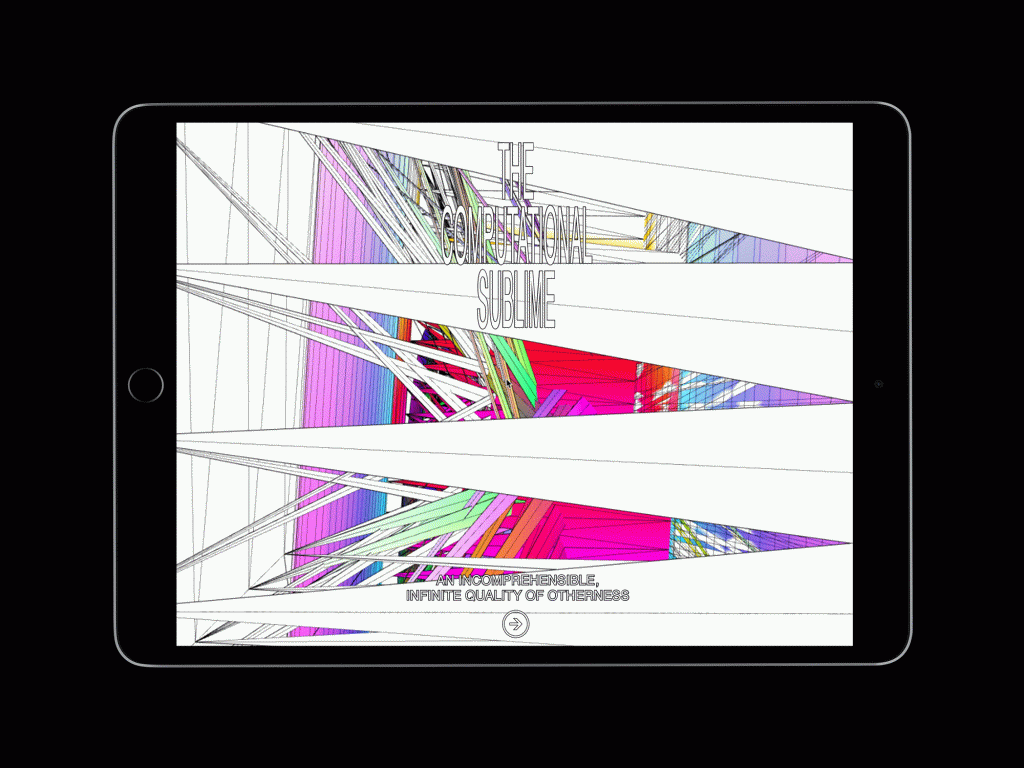
The Computational Sublime is a project about the vastness of computational systems. The term ‘sublime’ is defined in traditional art as something beyond meaning, tangibility or legibility. When brought into the context of the computer, it refers to computational structures that go beyond human comprehension. The project manifests in the form of a digital publication where the reader is able to interact with these complex structures that have been created through coding.
Adelia Lim, from https://adelia-lim.info/The-Computational-Sublime
Resisting a State of Forgetfulness
“ Another chapter of the information with which we are bombarded concentrates on the spectacular, on shocking, violent events wherever they occur across the world. Robberies, earthquakes, capsized boats, insurrections, massacres. Once shown, one spectacle replaces another. There are seldom patient explanations or follow-ups. They come as shocks, not stories. They are reminders of the unpredictability of what can happen. They demonstrate the risk factors in life.
Add to this the linguistic practice used by the media in their presentation and description of the world. It is very close to the jargon and logic of management experts. It quantifies everything and seldom refers to substance or quality. It deals with percentages, shifts in opinion polls, unemployment figures, growth rates, mounting debts, estimates of carbon dioxide, et cetera, et cetera. It is a voice at home with digits but not with living or suffering bodies. It does not speak of either regrets or hopes.
And so what is being publicly said and the way it is being said promotes a kind of civic and historic amnesia. Experience is being wiped out. The horizons of Past and Future are being blurred. We are being conditioned to live an endless and uncertain Present, reduced to being citizens in a state of Forgetfulness.
Meanwhile what is happening around us is going from bad to worse. The planet is overheating. The wealth of the planet is being concentrated in fewer and fewer hands, while the majority is underfed, junk-fed, or starving. More and more millions of people are being forced to emigrate with the slimmest hopes of survival. Working conditions are becoming more and more inhuman.
Those who are ready to protest against, and resist, what is happening today are legion, but the political means for doing so are for the moment unclear or absent. They need time to develop. So we have to wait. But how to wait in such circumstances? How to wait in this state of Forgetfulness?
Let us recall that time, as Einstein and other physicists have explained, is not linear but circular. Our lives are not points on a line—a line that is today being amputated by the Instant Greed of the unprecedented global capitalist order—we are not points on a line; rather, we are the centres of circles.
The circles surround us with testaments addressed to us by our predecessors since the Stone Age, and by texts that are not addressed to us but that can be witnessed by us— texts from nature, from the universe—and they remind us that symmetry coexists with chaos, that ingenuities outflank fatalities, that what is desired is more reassuring than what is promised.
Then, sustained by what we have inherited from the past and what we witness, we will have the courage to resist and continue resisting in as yet unimaginable circumstances. We will learn how to wait in solidarity.
Just as we will continue indefinitely to praise, to swear, and to curse in every language we know. “
– John Berger, Confabulations, 2016
